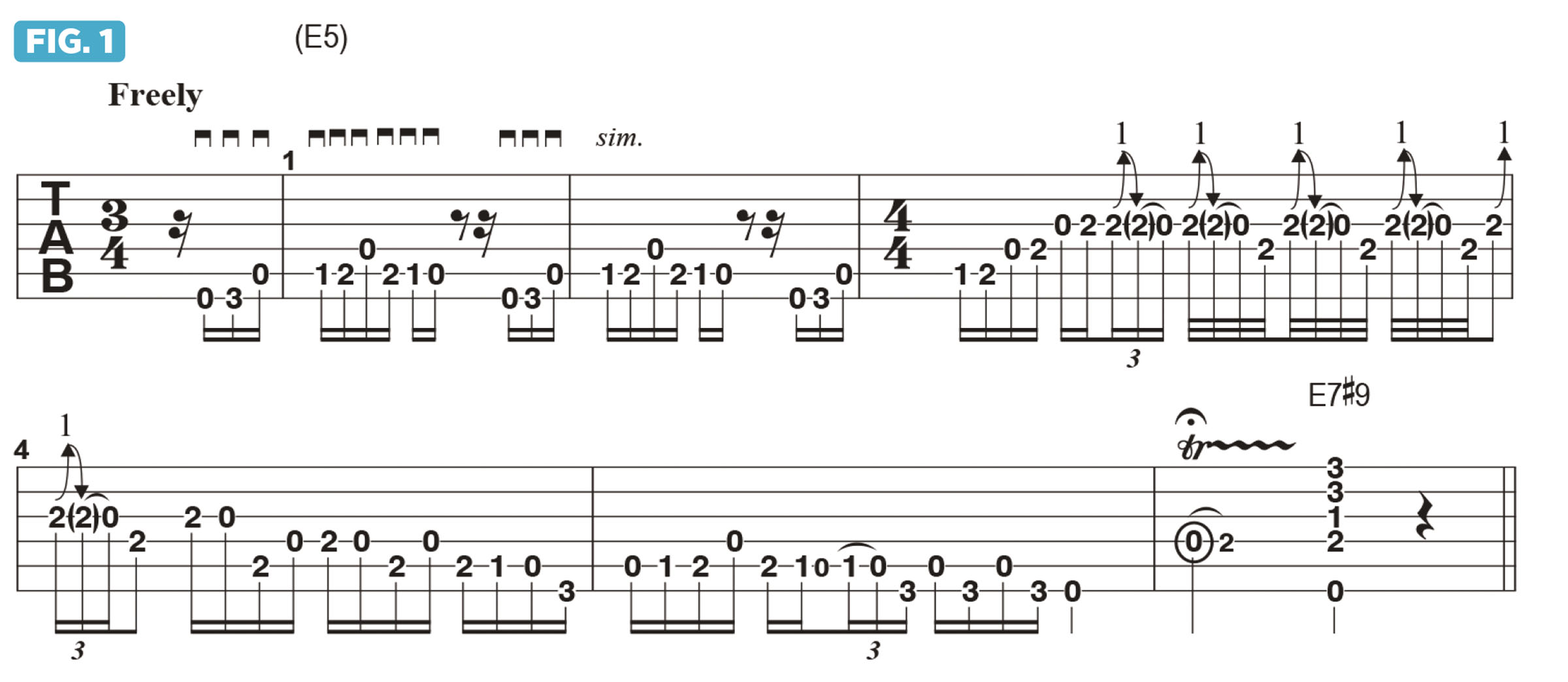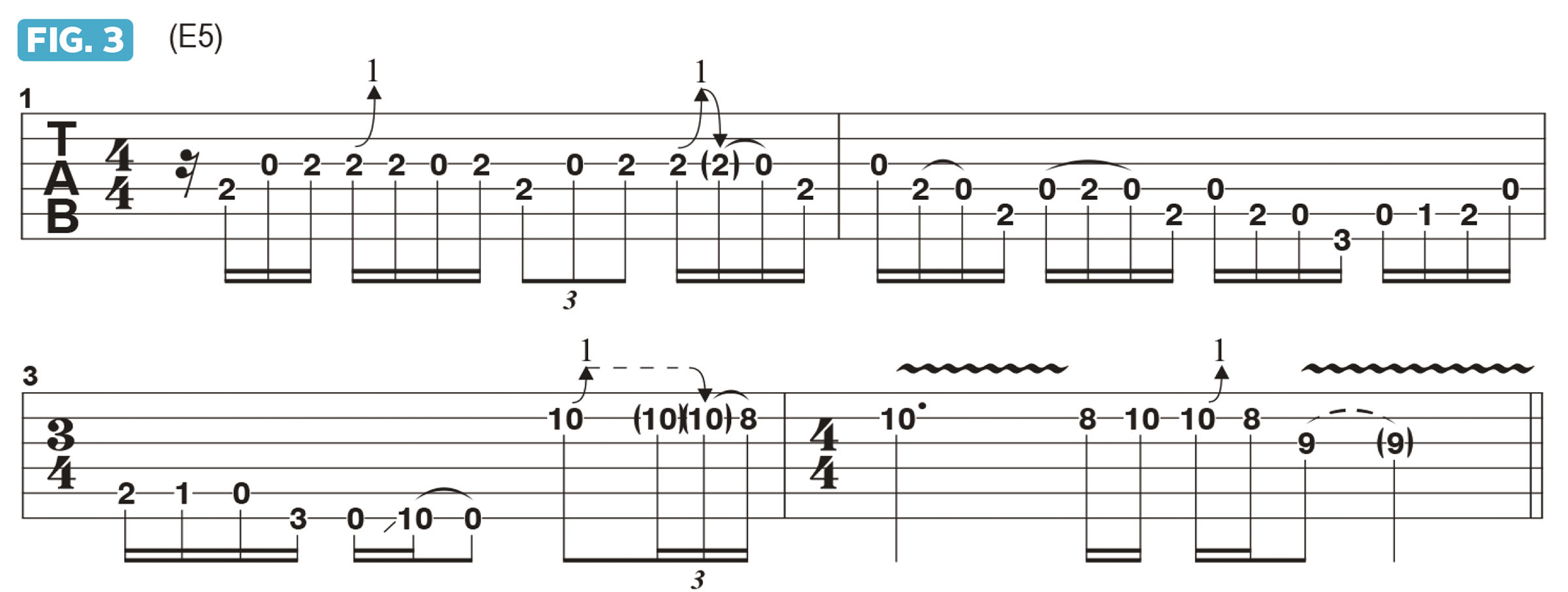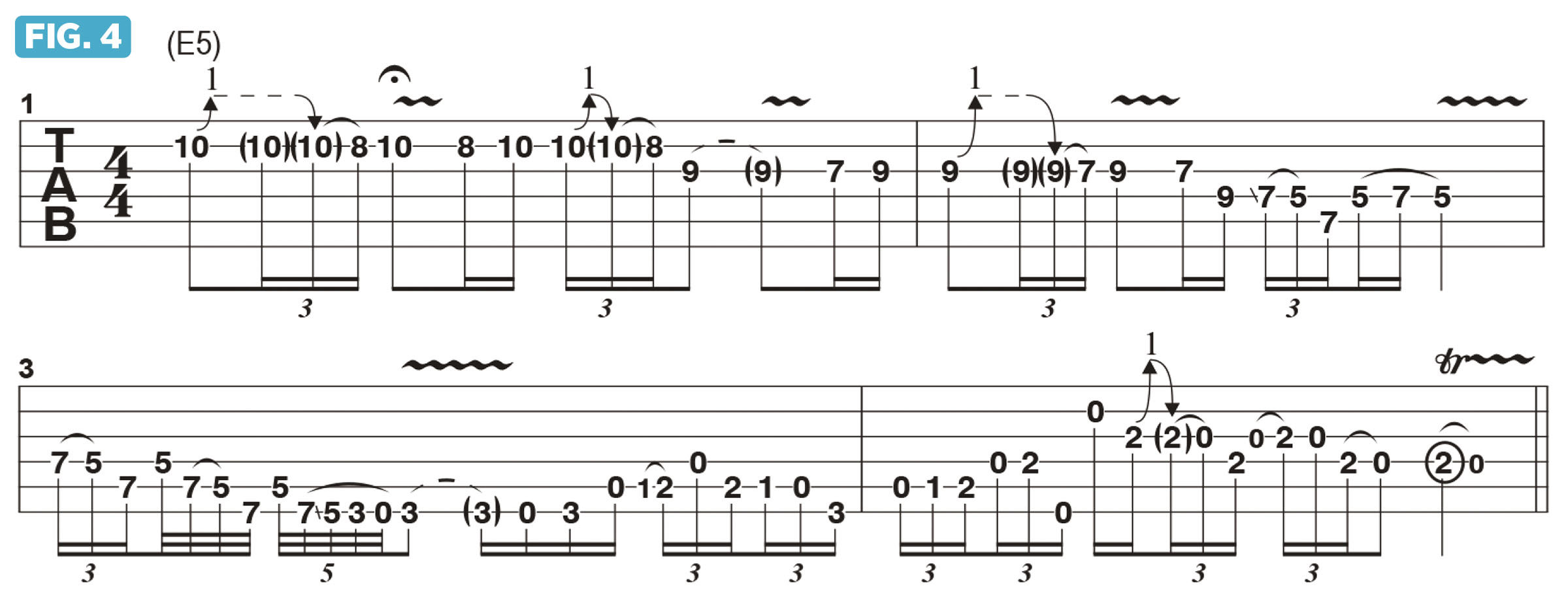
This column is dedicated to legendary Irish blues-rock guitarist Rory Gallagher, whose last name I recently learned should be pronounced, “Galla-her.” I’ve been saying it wrong for my whole life!
Later this year, on July 1, 2 and 3, I will be playing a three-night tribute to Rory at The Marquee in his hometown of Cork, Ireland. The shows are sanctioned by Peter Aikin, who was Rory’s promoter, as well as Rory’s brother Donal and Donal’s son, Daniel. While I was preparing for these shows, it was politely mentioned to me the proper pronunciation of Rory’s last name.
During rehearsals, the default for the tunes we’d be playing was Rory’s landmark double live album, Irish Tour ’74. The songs we focused on were Bullfrog Blues, Cradle Rock, Who’s That Coming? and a few others.
When I was a kid and first heard Figure 1, which is along the lines of the initial notes of Cradle Rock, the explosive opening track on this seminal album, I was floored!
The intensity of Rory’s guitar playing – the emotion, the sound and his incredible attack – was mind-blowing for me. These riffs are based on the E blues scale (E, G, A, Bb, B, D).

Figure 2 is along the lines of the song’s primary main riff, which moves from single-note phrases, performed with fast hammer/pulls from the open A string to B at the 2nd fret, to accented G5 and A5 chords.

Rory had a great way of choking down on the pick and picking hard, resulting in an array of fantastic sounding pinch harmonics (P.H.).
Figure 3 offers an example of E blues-scale riffs, with each note sounded with an aggressive downstroke in order to accentuate these harmonics.

Rory also possessed a fast and expressive vibrato, as demonstrated in Figure 4. This four-bar phrase is based primarily on the E minor pentatonic scale (E, G, A, B, D) and moves to the E blues scale in bars 3 and 4.
I begin in 8th position, and after the initial whole-step bend and release from A to B at the 10th fret on the B string, I land again on the A and apply heavy vibrato.
I then repeat the bend-and-release and follow it with E, on the G string’s 9th fret, which I again aggressively shake. As I move through the rest of the phrase, I add a similarly heavy vibrato to each held note.

Rory was also an incredible slide player, in a variety of tunings. Cradle Rock is played in standard tuning, and Rory would grab a slide and play blistering solos, which can be heard on every live version of this track.
An added bonus is that Irish Tour ’74 was filmed, so you can watch a lot of performance footage featured on this recording.
Next time, we’ll delve into a deeper examination of Rory’s slide playing. He also has a great acoustic catalog, which included covers of Mississippi John Hurt songs played on a Martin D-28 or a D-35, and Rory’s voice was, of course, phenomenal.
Definitely check out as much of Rory’s music as you can!







